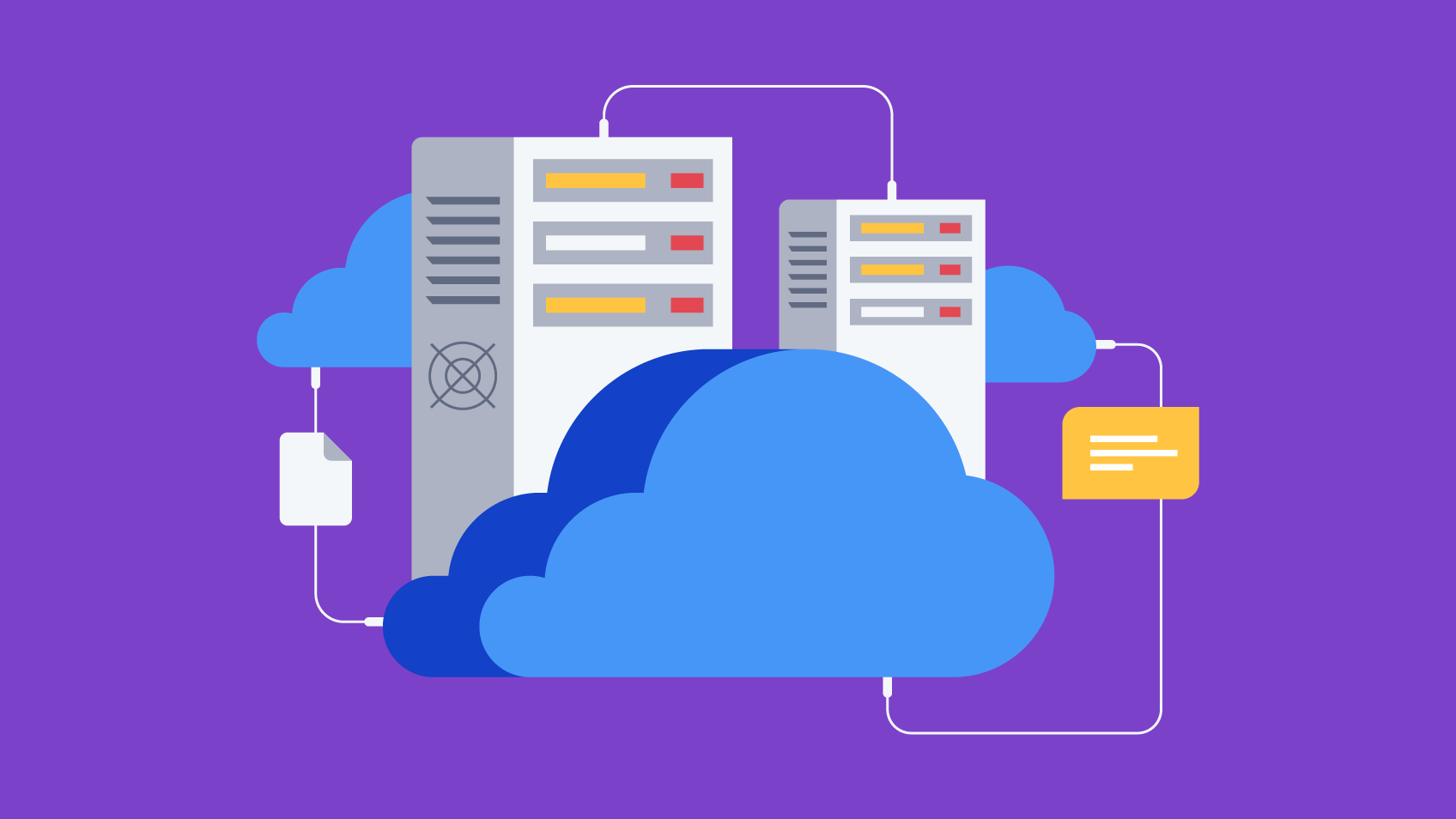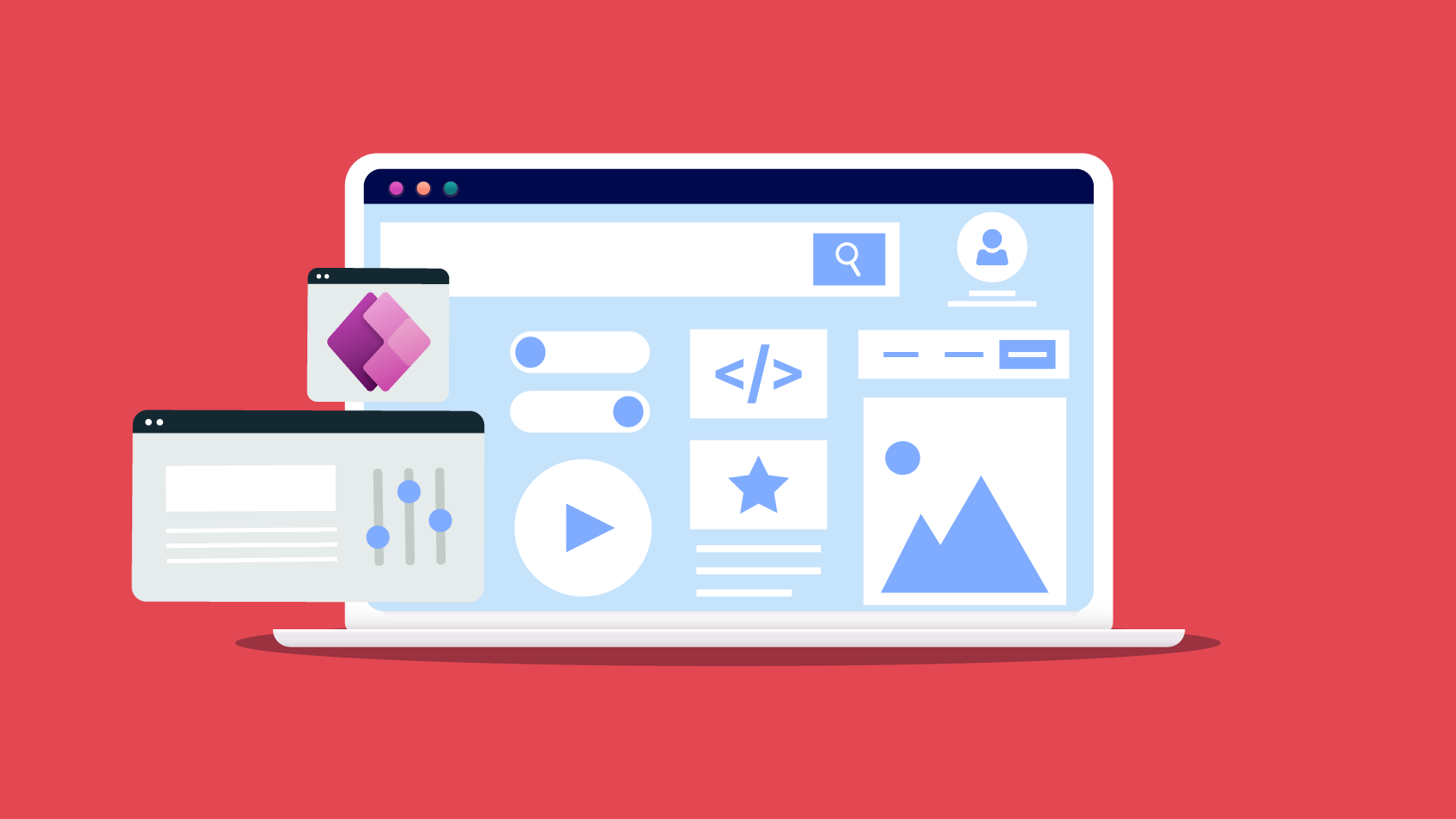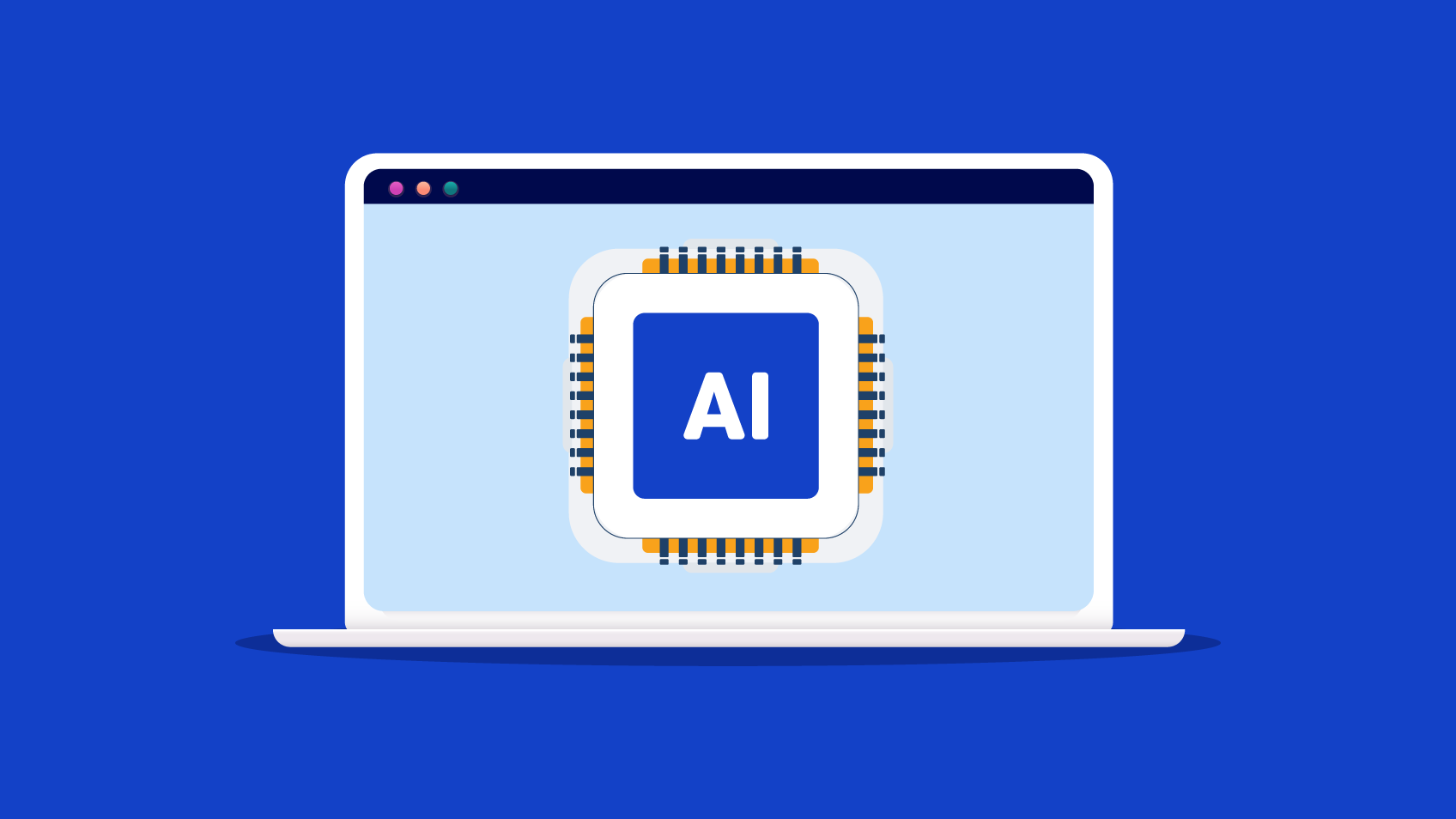5 SECOND SUMMARY:
- The ideal experience allows users to perform a task effectively and positively, ending with a feeling of satisfaction.
- Building the ideal experience is a more complex journey – it’s a journey of learning, trial and error, successes and failures, and many iterations and evolutions.
- Discover the UX tools we use at Xpand IT and the activities we execute to create unique experiences.
In the previous article, we discussed the fundamental characteristics of UX (holistically analysing behaviours, creating empathy and eliminating assumptions, and assuming a central role in the brand’s relationship with customers). In this article, we will detail some of the activities and tools we use to define intentional and memorable experiences that simultaneously meet specific business objectives.
Solve problems the UX way

The solution to a UX problem is to get a clear answer to the following questions:
- What’s the problem? (Clearly identify the problem)
- Who has this problem? (Who are we designing the experience for?)
- What are the goals? (Business and users)
- How will we solve the problem? (Strategy)
- Which features are needed to achieve those goals? (Functional requirements)
- How will the product work so that those goals can be accomplished? (Problem’s solution).
To find the answers, the UX team uses different activities and ux tools that must adapt to the complexity of the problem. These are the most significant:
Discovery
A big part of the product’s success comes from finding the right problem to solve.
The discovery phase is probably the one that varies the most between projects. More complex projects will include significant user and competitor research activities, while small projects may ignore some of these activities, maintaining informal interviews, surveys or field studies.
What activities do we perform?
UX workshops for discovery, empathy and prioritisation – UX workshops are used throughout the process to solve cross-functional ownership issues and achieve consensus, among other goals.
Strategy
Strategy is one of the processes that should have priority in the context of a UX definition.
Defining a clear strategy will shape the project’s objectives – what the organisation hopes to achieve, how success should be measured and determining priorities. At this stage, we should find answers to three fundamental questions: where is the company now, where does it want to go, and how does it want to get there?
Analysis
The objective of the analysis phase is to extract concrete results from the data collected during the previous stage, moving from “what” users want/think/need to “why” they want/think/need.
What activities do we perform?
? Interpret data – we interpret the data to explain and understand raw data.
That interpretation summarises the patterns or underlying concepts found in the raw data: Key Insights (persona, action, need, constraint), Job-to-be-done (situation, motivation, expected outcome) and User Stories (such as persona, action, result)
? Functional analysis – functional analysts ensure, at this stage, that the focus is on the user, their objectives and how they perform the tasks to achieve said goals.
? Mental models – the way people build their mental models are based on many factors such as past experiences, knowledge level, and cultural references. The structure of a mental model diagram is divided into two parts: problem space and solution space.
? Experience map – an experience map is an extended version of a mental model based on a universal framework: product lifecycle stages, user experience emotions, data collected and insights from the UX team.
Projecting the experience
This phase of a UX project is collaborative and iterative. The premise is to present ideas to real users, obtain feedback, refine the ideas and repeat the process in an agile way. These ideas can be represented by interactive wireframes or functional prototypes, deliberately low fidelity prototypes to delay – at this point – any conversation related to graphic identity, branding or visual details.
What activities do we perform?
? User flows – when designing a digital product, we need to know what is expected of people, what we want them to do and what steps they need to take. User flows provide a guide, showing the succession of interactions that users must make from the starting point to completing the task.
Knowing the paths you want the users to follow informs how a product needs to be structured; Understanding information architecture – our brain prefers order to chaos. Information architecture takes the features of a project and places them so that they make sense to whoever will use them.
Information architecture can be divided into the following parts:
- Identify: what content do we need to tell the brand’s story? What elements do we need to communicate what we need to convey?
- Classify: categorise the content and design its distribution in the organisation and hierarchy of the product.
- Map: structuring and organising, deciding how each concept or block of content will lead to the next.
Information architecture organises content into manageable hierarchies. This structure establishes how people will assimilate the ideas presented in a logical succession.
? Wireframes – creating a wireframe provides a high-level plan for each page, with visual indicators such as lines, grids, and boxes showing where content, images, and other elements will go. They are typically low resolution with a sparse and minimal layout.
Whether it’s a simple map of boxes, lines and boxes or a more sophisticated representation, wireframes provide a framework that also serves another essential function which is communication: they are a powerful visual tool, making it possible to show everyone, regardless of their job role, how the product will be structured.
Designing the product
This phase is where the high-fidelity design is developed, and the product’s first version is validated with stakeholders and end-users through user testing sessions. The role of the UX team shifts from creating and validating ideas to collaborating with development teams to guide and defend the product’s vision.
What activities do we perform?
? Prototyping – prototyping works like an almost finished version of a project.
Navigation, interactions, and key visual and content blocks will be in place. It is unnecessary to have all elements, but everything the user needs to interact and experience must be integrated.
Prototypes allow you to get feedback and adjust before you finish defining the UX. You can make both low and high-fidelity prototypes. Low-fidelity prototypes focus on function over visual design, while high-fidelity prototypes focus on the look and feel of the final version of the product.
? Micro-copy – text clusters responsible for shaping a generous portion of the experience. The effective use of these texts allows to guide, involve, suggest and create pleasant experiences.
? Functional guides – we produce visual, navigational and documentation guides to provide alignment with the UX and Development teams. This way, we ensure that the teams are updated on any development and changes made to the navigation structure or visual resources.
? Usability tests – once you have a working prototype, it’s time to do usability testing.
Usability tests can be moderated or unmoderated.
Face-to-face (moderated) tests allow you to analyse how people react emotionally to the experience, receive unfiltered feedback and understand what’s working and what is not.
Usability tests can happen at any point during the process.
Conclusion
As we’ve seen, the ideal experience allows users to perform a task effectively and positively, ending with a feeling of satisfaction.
This premise is deceptively simple: building the ideal experience is a more complex journey than one might think at first – in fact, it’s a journey of learning, trial and error, successes and failures, and many iterations and evolutions.
It doesn’t have a beginning, middle and end because the ideal experience changes as our users change; therefore, it’s iterative by nature. Xpand IT’s UX business unit is focused on creating omnichannel experiences that are useful and enjoyable for end-users and thoroughly adapted to our client’s business needs, goals, and vision.
Read the first part of this article.

Head of UX, Xpand IT














